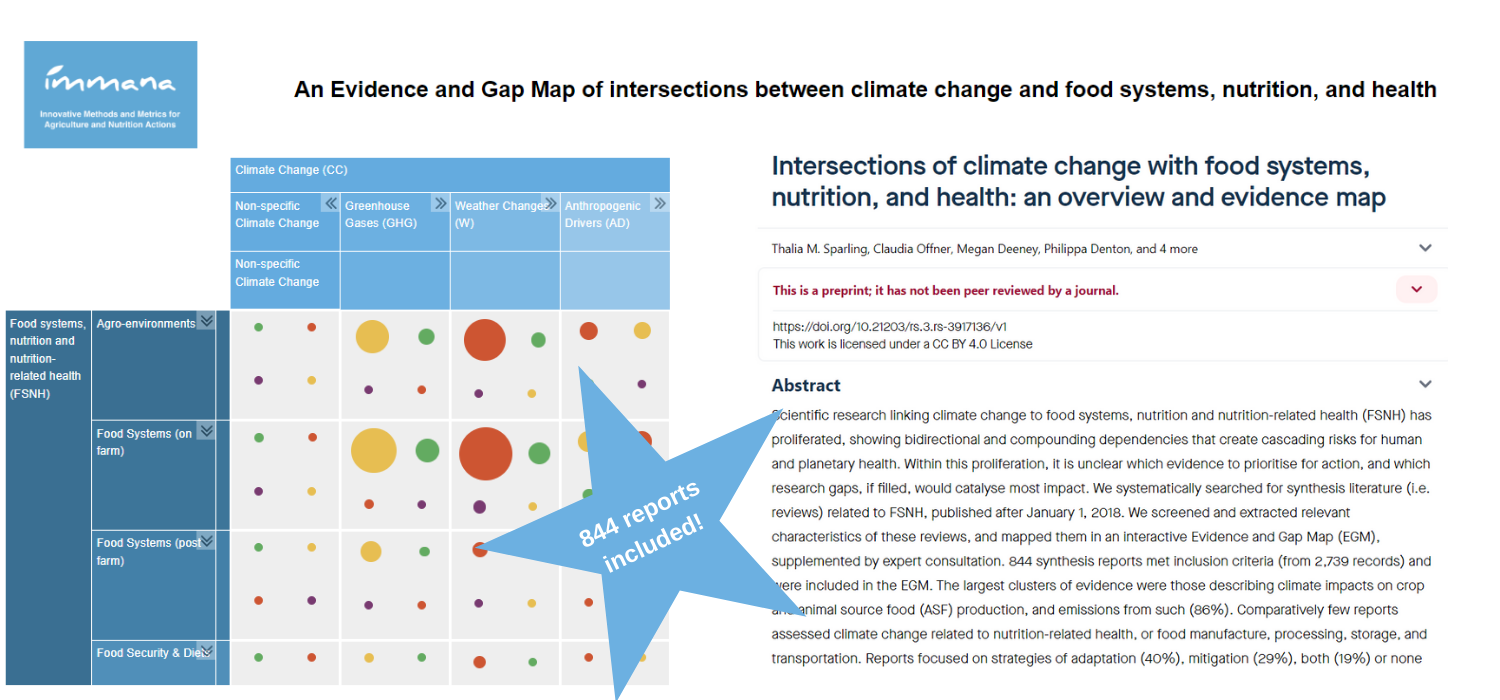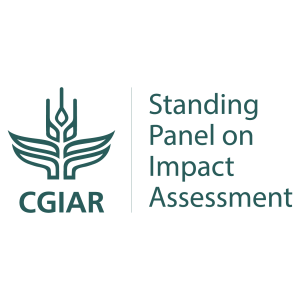
A new paper 'A food-based approach could improve dietary adequacy for 12–23-month-old Eastern Ugandan children' has been published in Maternal and Child Nutrition, as part of the IMMANA grant Agri-food: Development and validation of a rapid assessment tool to identify nutrient gaps in local food systems and help design nutrition sensitive interventions for agriculture projects'
Nutrition modelling using Optifood Linear Programming was used in the study to estimate the percentage of breastfed 12–23-month-old rural Eastern Ugandan children (n = 114) at risk of inadequate intakes of 12 nutrients; and identified realistic food choices for improving it.
Through careful selection of foods, modelling indicates that population level dietary adequacy can be achieved for eight of the 12 nutrients modelled. These choices include cows' milk, legumes, green leafy vegetables, sweet potatoes and fruits. Overall results suggest these high percentages of children at risk of inadequate nutrient intakes can be reduced through behaviour change interventions, although additional interventions may be required to ensure population‐level dietary adequacy for iron, thiamine and niacin.
Summary points
-
Dietary adequacy, for breastfed 12–23-month-old rural Eastern Ugandan children, is poor with over 45% of children at risk of inadequate intakes of nine micronutrients.
-
Inadequate intakes of micronutrients likely contribute to growth faltering in this population where 21% of children are stunted but less than 4% are wasted.
-
Dietary adequacy can be improved through careful selection of nutrient-dense foods, including cows' milk, legumes, green leafy vegetables, sweet potatoes, and fruits.
-
A food-based approach alone, however, will not reduce the percentage of children at risk of inadequate intakes to low levels, for iron, thiamine and perhaps niacin, indicating alternative interventions are required.




